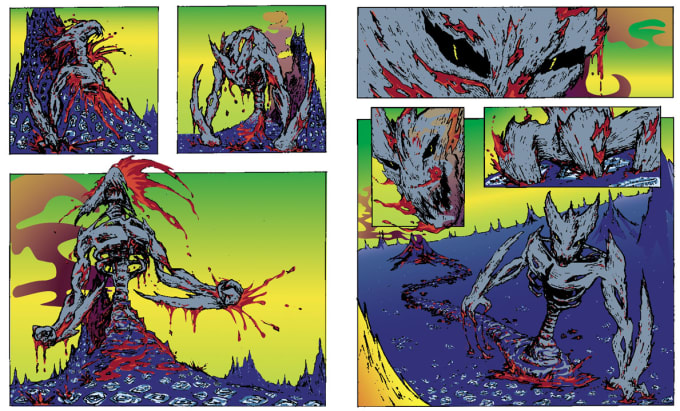
In the digital age, comic book artistry is experiencing a transformative revolution. This article delves into the pioneers navigating this new frontier, their innovative digital techniques, and the resulting iconic artworks.
We explore the top 10 leaders transforming comic art, their profound impact on storytelling, and how digital platforms facilitate this evolution.
Join us as we journey through this progressive landscape, reshaping the future of comic book artistry.
Embracing the Digital Shift in Comic Artistry
Amidst the evolving landscape of the comic book industry, the transition towards digital artistry has been embraced by a pioneering group of artists, whose innovative approaches are redefining the boundaries of visual storytelling.
Despite the digital artistry challenges, these trailblazers have harnessed the dynamic capabilities of digital tools, producing immersive narratives that encompass both tradition and progression.
The shift has also transformed the revenue streams in digital comics, creating an array of opportunities for artists to monetize their work in novel ways.
However, the shift is not without its detractors, with purists questioning the authenticity of digital art.
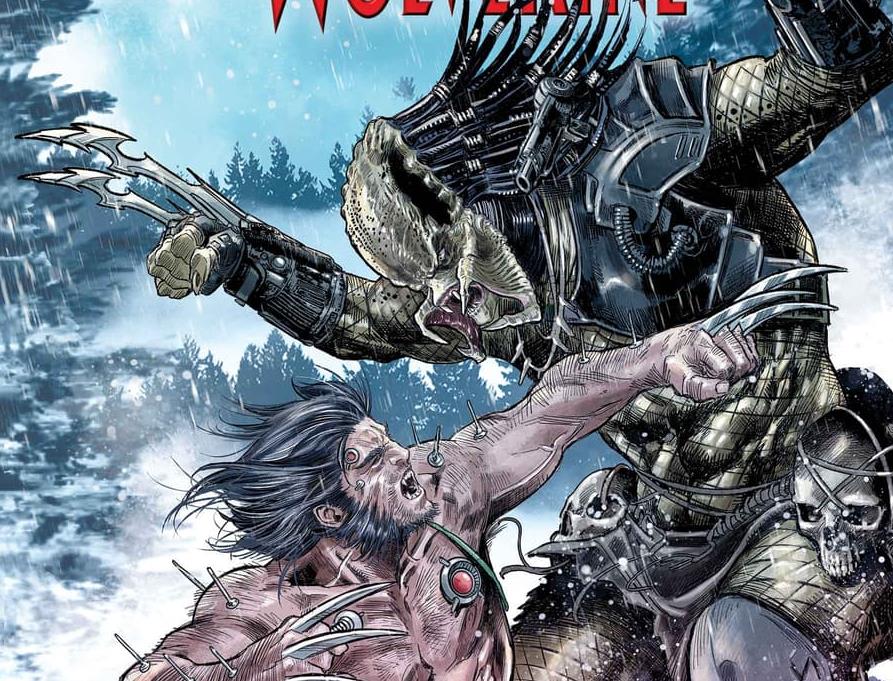
Nonetheless, the ongoing evolution of the medium proves the resilience and adaptability of the comic book industry, exemplifying its enduring appeal in the digital age.
In the realm of modern comic art, the impact of technology is profound and far-reaching.
Innovative tools, ranging from digital drawing devices to sophisticated software for artists and online collaboration platforms, have redefined the artistic process and the visual aesthetics of the comic book industry.
These advancements not only enhance the capabilities of artists but also reshape the way stories are told, elevating the medium to new dimensions.
Digital Drawing Devices
Digital drawing devices, the technological tools shaping modern comic art, have revolutionized the creative process, enabling artists to transcend traditional boundaries and explore new artistic realms. Device affordability and stylus innovations have played pivotal roles in fostering this evolution.
Consider these influential factors:
Device Affordability: The decreasing costs of digital tools have democratized access, attracting new talents to the field.
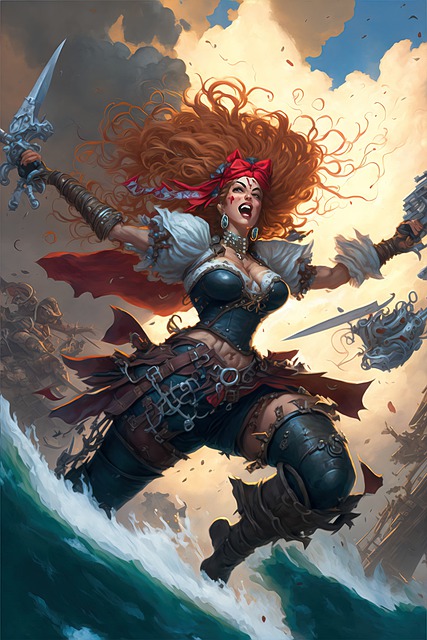
Stylus Innovations: Enhanced sensitivity and precision have allowed for more nuanced artwork.
Software Advancements: Software like Adobe Photoshop, Procreate, and Clip Studio Paint have redefined the boundaries of comic art.
Hardware Developments: High-resolution screens and powerful processors provide a smooth and immersive drawing experience.
Cloud Technology: It has enabled artists to work collaboratively in real-time, regardless of geographical limitations.
This digital shift has not only changed the comic art landscape but also expanded its horizons, signaling an exciting new era of creative expression.
Software for Artists
With the advent of digital technology, a diverse range of software has emerged as indispensable tools for comic book artists, drastically transforming the landscape of the industry. Artificial Intelligence Assistance has given creators the ability to generate intricate designs, replicate patterns, and perfect color gradients with unprecedented ease. This not only revolutionizes the creative process but also pushes the boundaries of what's achievable in comic art.
Furthermore, Crowdsourcing Creativity through open-source software has democratized the comic book art industry. It's created a vibrant, interactive community where artists share techniques, brainstorm ideas, and enhance each other's work.
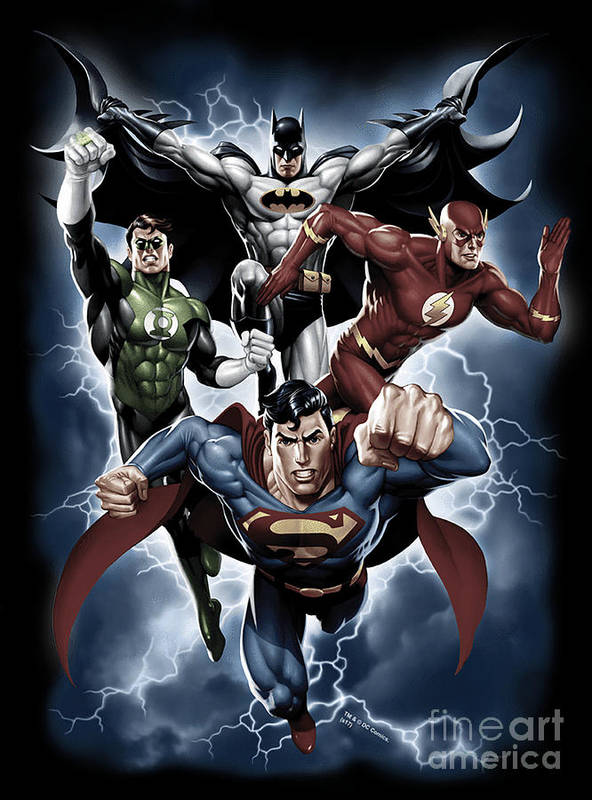
As technology continues to evolve, it's clear that the blending of artistry with innovation will guide the future of digital comic art.
Online collaboration platforms are revolutionizing the landscape of modern comic book art by shaping a global community of creators. These platforms drive innovation and facilitate the exchange of ideas through a digitally interconnected community.
One way these platforms are shaping the industry is by providing virtual art galleries. Artists can showcase their work to a global audience and receive instant feedback, creating opportunities for exposure and growth.
Additionally, these platforms enable remote art education. Artists, regardless of their location, can access resources and tutorials to improve their skills and expand their knowledge in comic book art.
Moreover, these platforms facilitate real-time collaboration. Artists can work together on a single piece, breaking geographical boundaries and allowing for diverse perspectives and styles to merge.
Furthermore, online collaboration platforms support a variety of digital art techniques. This allows creators to push the boundaries of traditional comic art by exploring new tools and methods that enhance their storytelling and artistic expression.
Lastly, these platforms foster a sense of community among artists. By connecting and collaborating with each other, artists can inspire one another, share ideas, and collectively propel the evolution of comic book art.
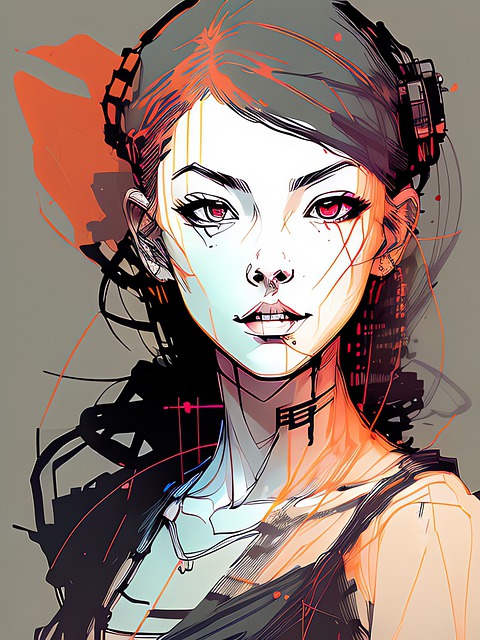
The Impact of Digital Art Techniques on Comic Storytelling
The advent of digital techniques in comic book art has drastically altered its landscape. These techniques have given rise to innovative storytelling methods and aesthetic transformations. They have not only led to the evolution of art styles, but have also revolutionized the way narratives are conveyed through comics.
It is crucial to analyze how these digital advancements have redefined the aesthetics and storytelling potential inherent in comic book art.
Evolution of Art Styles
Numerous advancements in digital art techniques have significantly transformed the art styles and subsequently, the overall storytelling in comic books. This evolution has been shaped by two opposing forces: artistic freedom and the debate of traditional vs digital.
- Artistic freedom has soared with the advent of digital art techniques, enabling creators to experiment with new styles and visual effects.
- The shift from traditional to digital has broadened the range of tools available to artists, from brushes and inks to software and tablets.
Digital techniques have allowed for more intricate detailing, adding depth to characters and settings.
- The possibility of instant changes and corrections has made the creative process more efficient.
- Digital art has also introduced new formats and platforms, expanding the reach and accessibility of comic books.
Through this evolution, digital art has undeniably revolutionised comic book storytelling.
Storytelling Through Digital Techniques
Exploring the realm of digital comic book art, comic creators have been leveraging digital techniques for both enhancing the visual appeal of their work and for crafting more immersive, dynamic narratives. These pioneers are utilizing the power of digital narration and virtual immersion to redefine the boundaries of comic storytelling.
Digital art techniques not only offer a wider palette of colors and textures but also allow for the manipulation of panels, enhancing the visual flow of the narrative. They provide an avenue for more interactive, non-linear storytelling, opening the door to a more immersive reader experience.
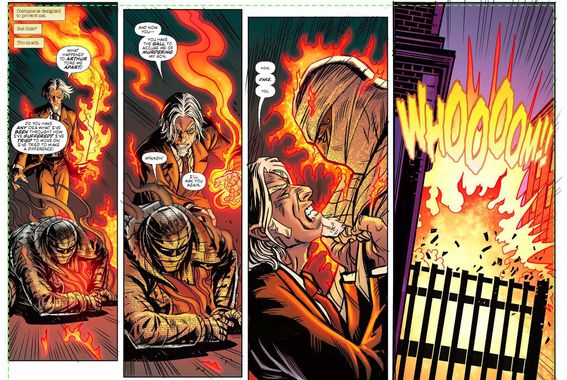
The impact of digital art techniques on comic storytelling is evident, transforming the medium into a rich, interactive platform that challenges and engages readers like never before.
Impact on Comic Aesthetics
Digital art techniques have dramatically reshaped the aesthetic landscape of comic storytelling, introducing a new visual language that influences both the narrative structure and reader engagement. This shift in artistic approach, however, hasn't been without controversy.
Digital art controversies have arisen, as purists argue for the authenticity of traditional hand-drawn techniques.
Simultaneously, digital techniques offer innovative ways to represent narratives, such as the use of parallax scrolling in webcomics.
Digital coloring and shading techniques allow for a broader range of visual expression.
The digital format enhances comic book preservation, reducing physical degradation of the artwork.
Digitization also expands accessibility, allowing global audiences to engage with diverse comic narratives.
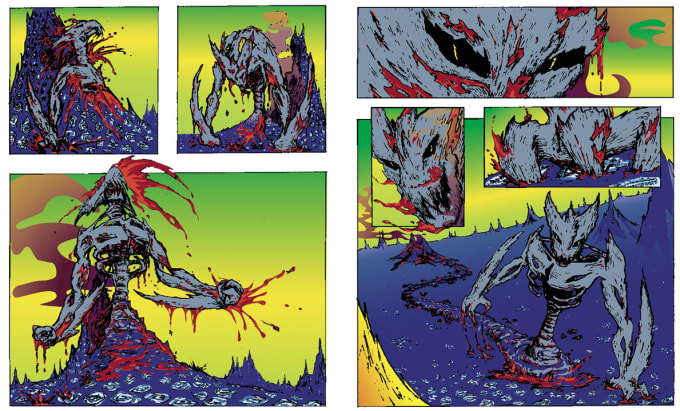
The impact of digital art on comic aesthetics is a complex and evolving discourse, reflecting the dynamic interaction between technology and art in shaping culture.
Spotlight on the Foremost Digital Comic Book Artists
While there are many contributors to the digital comic book art revolution, this section will spotlight the foremost artists who have made significant strides in this burgeoning field. These pioneers have not only mastered the blend of traditional comic art aesthetics with digital techniques, but have also navigated the artistic challenges that this paradigm shift presents.
Their artist motivation, often rooted in a desire to innovate and experiment, propels them to continually push the boundaries of what's possible in digital comic book art. From intricate line work to inventive color palettes, their work is a testament to the transformative power of digital tools in crafting narratives and shaping the future of the comic book industry.
Exploring the Artistic Breakthroughs in Digital Comics
As we delve deeper into the realm of digital comics, it is essential to highlight the groundbreaking artistic innovations that have defined this revolution and set new standards in the industry. These digital art breakthroughs have not only reimagined the comic book genre but also opened up new possibilities for storytelling.
The use of layered art techniques to create depth and dimension
Interactive panels that involve the reader in the narrative
Overcoming digital censorship challenges through innovative storytelling techniques
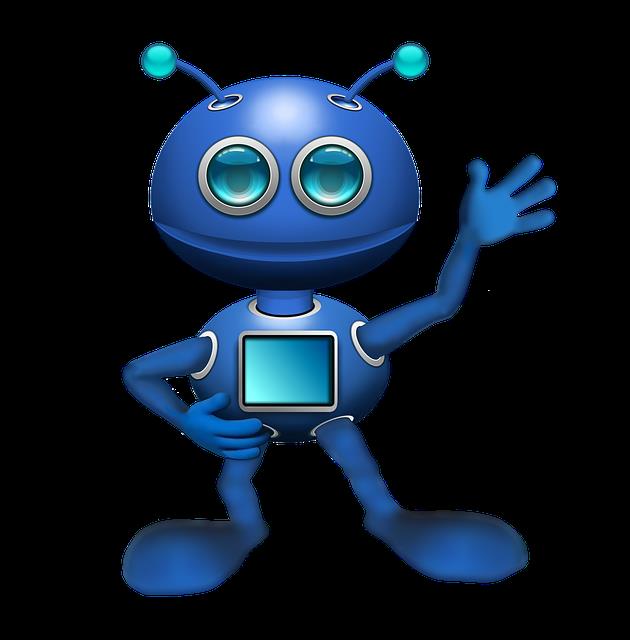
The integration of cross-cultural influences to diversify comic book art
Utilization of color gradients and digital shading to enhance visual impact
These advancements have transformed the comic book landscape, making it more dynamic and inclusive. They signal a promising future for digital comics, one that continues to push the boundaries of visual storytelling.
The Evolution of Digital Illustration in the Comic World
The journey of digital illustration in the comic world is a tale of constant evolution. It is marked by early digital art techniques that transformed the industry. The pioneers of this revolution were influential digital comic artists who left an indelible imprint on the genre. They pushed boundaries and redefined what is possible in digital artistry.
The seismic shift initiated by these artists has had profound impacts on the comic industry. It has reshaped the landscape of storytelling and visual communication.
Early Digital Art Techniques
Over the past three decades, comic book illustration has undergone a significant transformation with the advent and evolution of digital art techniques. Traditional methods gave way to digital, a transition that not only increased flexibility for the artist but also posed new challenges in terms of Digital Art Preservation.
- Digital coloring replaced the manual coloring process, providing a wider palette and shading options.
- The use of layers in digital art software allowed for non-destructive editing.
- Vector art emerged, offering scalability without loss of resolution.
- 3D modeling was incorporated, offering depth and realism to characters.
- Digital painting tools replicated traditional media, providing a bridge for transitioning artists.
This evolution has revolutionized comic book art, pushing the boundaries of visual storytelling.
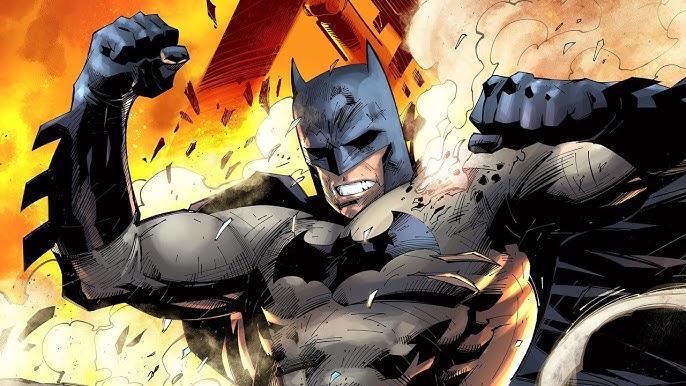
Influential Digital Comic Artists
Seven pioneers stand at the forefront of this digital revolution, each making significant strides in the evolution of digital illustration in the comic world, and pushing the boundaries of visual storytelling to new, unchartered territories. They wield digital art copyrights not merely as protective shields but as tools for artist monetization, transforming the way creators profit from their work.
These trailblazers understand the nuances of comic book history, while masterfully applying advanced digital art techniques to redefine the visual narratives. Their artistry is critical to the evolution of this medium, as they experiment with the infinite possibilities of digital tools.
Their influence extends beyond aesthetics, setting new standards for copyright practices and artist monetization in the digital art landscape. Their work is a testament to innovation, shaping the future of digital comic book art.
Impact on Comic Industry
With the advent of digital technology in the realm of comic illustration, both publishers and artists have faced significant shifts in their work methodologies and profit models, and this has fundamentally transformed the dynamics of the entire comic industry.
Digital art techniques have allowed for more intricate detailing and visually stunning graphics, enhancing the reader's experience.
Revenue generation models have changed, with many artists opting for online platforms and subscription models.
The rise of digital comics has led to an increase in digital piracy threats, posing significant challenges for creators and publishers.
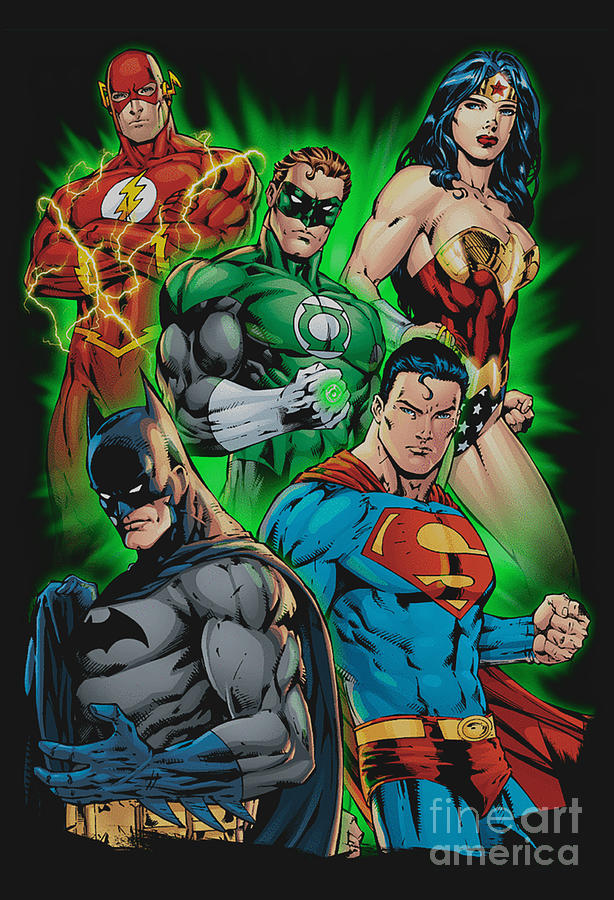
The shift towards digital has opened up the industry to a global market, creating opportunities for international collaboration and exposure.
The use of digital tools has democratized the creation process, allowing anyone with the skills and passion to create and distribute their own comics.
The advent of digital platforms has significantly transformed the distribution landscape of comic art, promoting an unprecedented level of accessibility and interaction.
However, digital piracy challenges have also arisen, threatening the livelihood of artists and publishers.
Despite this, digital platforms have also brought the subscription model benefits, providing a steady stream of income for creators and a vast library of content for subscribers.
These platforms have not only democratized comic art distribution but have also opened the door for innovative storytelling techniques.
They have enabled creators to experiment with interactive elements, pushing the boundaries of the traditional comic book experience.
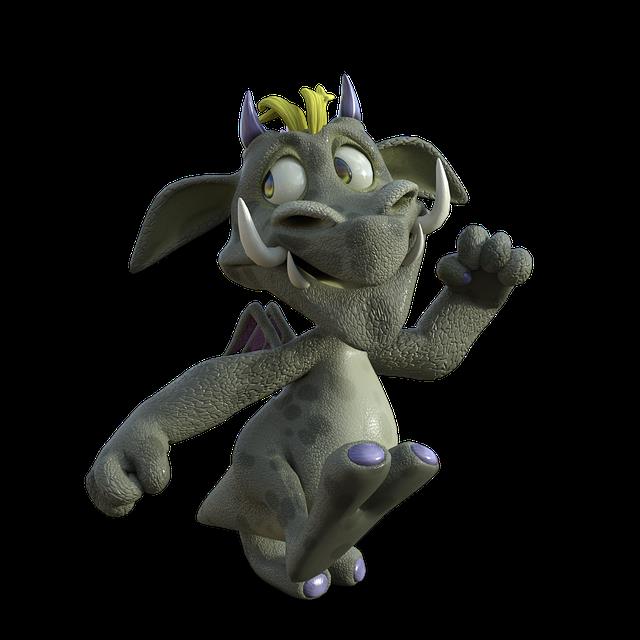
As the digital revolution continues, these platforms will undoubtedly play a pivotal role in shaping the future of comic art.
Iconic Digital Comic Book Artworks and Their Creators
Numerous digital comic book artworks have left their mark on the industry, and the brilliant creators behind these works have certainly revolutionized the art form. They have navigated the choppy waters of Digital Art Piracy and Comic Art Copyrights, ensuring their innovative work is both respected and protected.
Alex Ross' 'Kingdom Come': A digital masterpiece that redefined the aesthetic of superheroes.
Jim Lee's 'Hush': A digital tour-de-force that showcased the power of digital art in storytelling.
Fiona Staples' 'Saga': A game-changer for digital comic art with its vivid and expansive universe.
Mike Mignola's 'Hellboy': An iconic blend of traditional and digital techniques.
J.H. Williams III's 'Sandman: Overture': A mesmerizing example of digital art's possibilities in capturing dreamscapes.
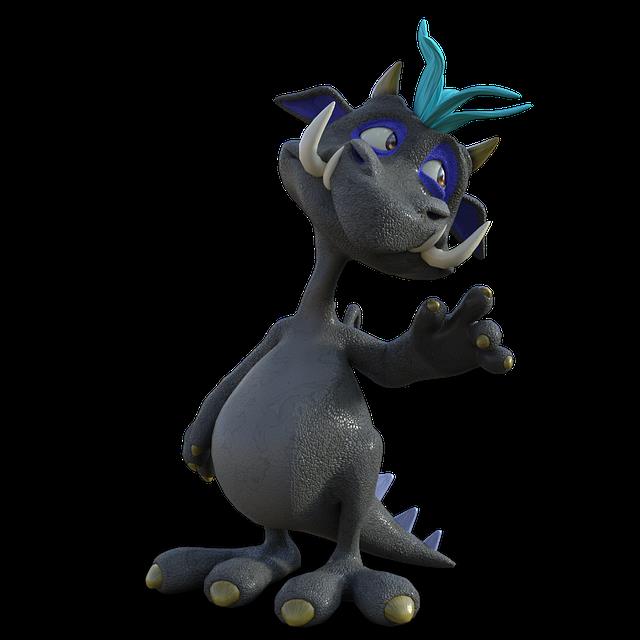
These creators didn't just adapt to the digital age, they shaped it, redefining what comic art could be.
The Changing Landscape of Comic Book Artistry in the Digital Age
As we delve into the evolution of comic book artistry in the digital age, we observe a transformative shift in both technique and perception. The advent of digital tools has not only altered the creation process but also brought forth challenges such as Digital Copyright Issues.
As traditional inking gives way to digital rendering, creators grapple with protecting their work in an easily reproducible digital space. Moreover, the rise of Fan Art Influence has democratized the genre, challenging the status quo while often blurring the lines of originality and copyright.
This revolution has resulted in a vibrant, dynamic landscape, where innovation is key. Yet, it also calls for a reevaluation of artistic ownership and copyright norms in the face of digital proliferation.
The Future of Digital Comic Book Art: Trends and Predictions
Looking ahead, we can anticipate that digital comic book art's future will be shaped by several emerging trends and predictions. This new era will be marked by the intersection of technology and creativity, pushing the boundaries of what is considered possible in comic book artistry.
Virtual Reality Comics: A fully immersive reading experience, where the audience is part of the comic's universe, taking storytelling to new heights.
Augmented Reality Artistry: Adding an extra layer of interactivity, AR can bring the pages to life in the reader's own environment.
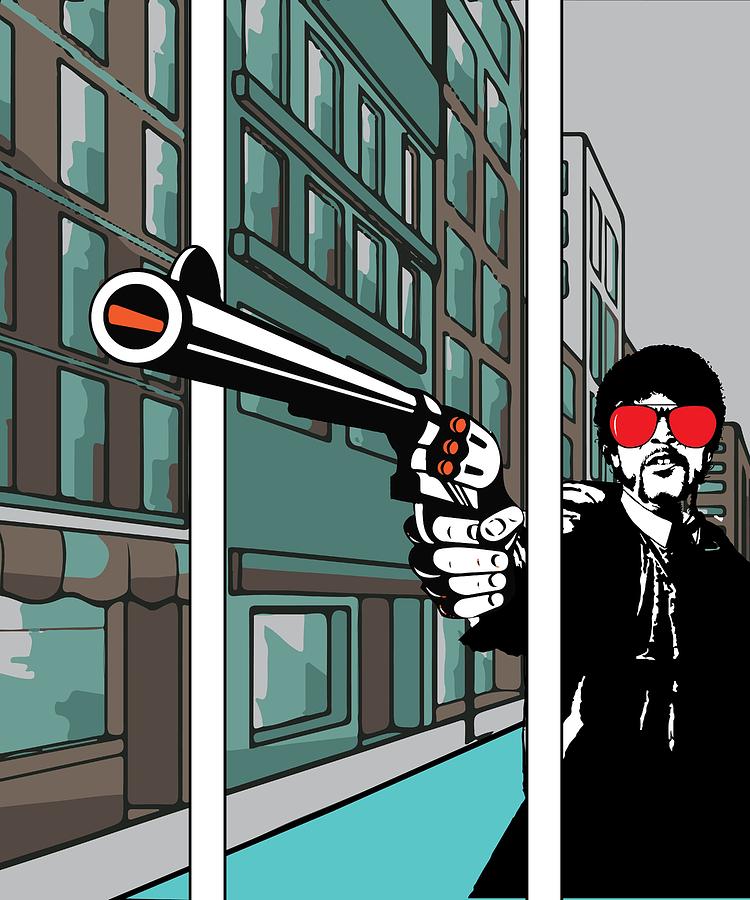
AI-assisted Art: Leveraging machine learning to aid in creating intricate backgrounds and complex characters.
Interactive Storytelling: Empowering readers to influence the narrative, making each comic book a unique experience.
Diversification and Inclusivity: Reflecting a global audience in characters, storylines, and creators, making the digital comic book world more diverse than ever.
Frequently Asked Questions
How Has the Transition to Digital Affected the Incomes of Comic Book Artists?
The transition to digital has complex implications on comic artists' incomes. While digital taxation may decrease earnings, enhanced control over artistic copyrights can potentially boost income, fostering innovation in the comic book industry.
Are There Any Specific Educational Programs That Focus on Digital Comic Book Art?
Yes, numerous educational programs focus on digital comic book art, offering in-depth knowledge of comic history, digital art techniques, and analytical approaches, thus fostering career opportunities amid technological advancements in digital comic creation.
How Have Fans and Readers Responded to the Shift Towards Digital Comic Book Art?
The shift towards digital comic book art has been met with mixed reactions. While some fans appreciate the innovative digital art perception, others lament potential comic book piracy. It's a complex, evolving dialogue.
What Are Some of the Challenges Artists Face When Creating Digital Comic Art Compared to Traditional Methods?
Artists generating digital comic art face challenges in mastering digital tools exploration and reconciling artistic freedom versus constraints. These hurdles include learning new software, achieving texture effects, and maintaining the organic feel of hand-drawn art.
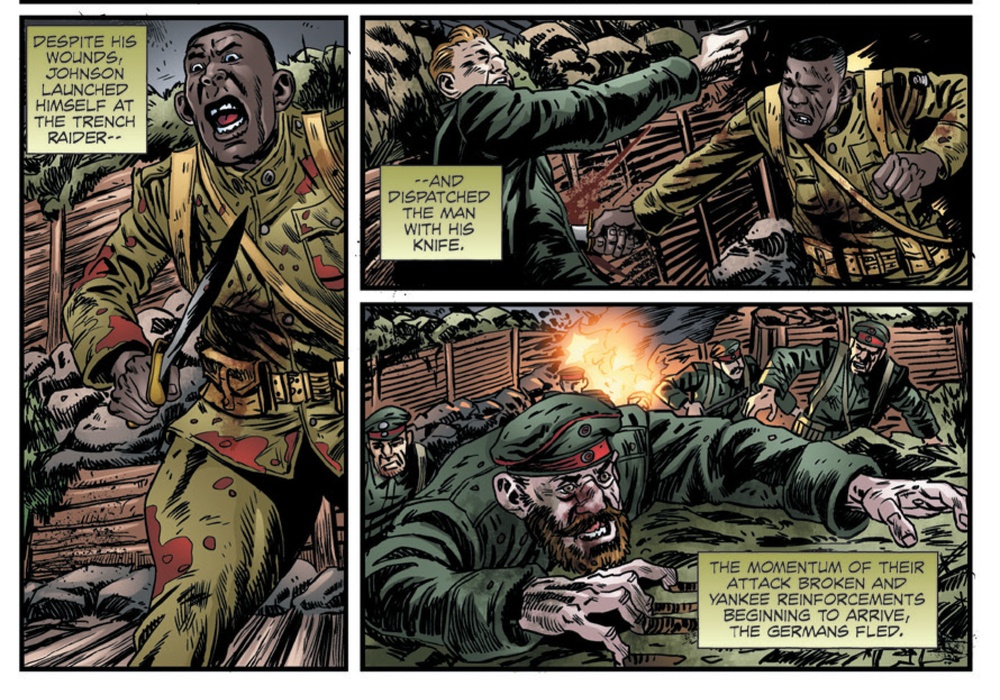
The rise in digital comic book art has significantly driven the digital art evolution, with its technological influence inspiring new techniques and styles in various digital art and illustration sectors.
 Digital Art InstructionDIY Infographics DesignMobile Game ArtworkPersonalized Logo Design3D AnimationeBook Covers DesignPrivacy PolicyTerms And Conditions
Digital Art InstructionDIY Infographics DesignMobile Game ArtworkPersonalized Logo Design3D AnimationeBook Covers DesignPrivacy PolicyTerms And Conditions
